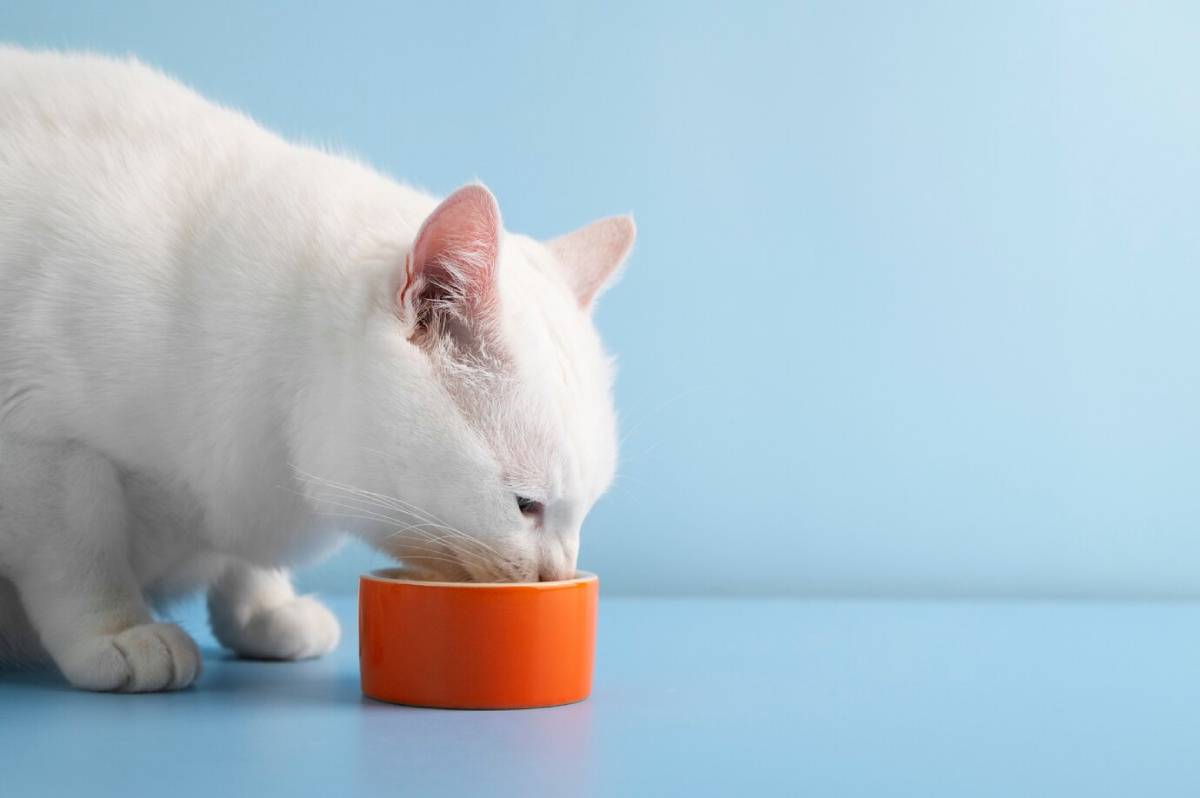
How to Transition Your Pet to a New Diet Safely
Switching your pet’s food isn’t as simple as swapping one bowl for another—doing it properly can make all the difference to their health and happiness.
Our team has found that a gradual pet diet transition significantly reduces the risk of digestive upset, refusal to eat, or stress. Whether you’re changing pet food due to age, allergies, health concerns, or simply a brand upgrade, introducing new pet food safely ensures a smooth and positive experience.
Pets—especially cats and dogs—are creatures of habit. Sudden changes in diet can cause vomiting, diarrhoea, or refusal to eat. But with the right approach and a little patience, your pet can adjust with minimal disruption and maximum benefit.
This guide will help you understand when and how to change pet food safely—whether you’re feeding dry, wet, raw, or prescription diets.
Pro Tip: Always keep a few days’ supply of the old food on hand, even if you’re ready to switch—it makes for a much smoother and safer transition.
Quick Guide: Transitioning Your Pet’s Diet Safely
- Mix increasing amounts of the new food with the old food over 7–10 days.
- Observe your pet’s behaviour and stools for any signs of discomfort or refusal.
- Adjust the transition speed if needed, or consult a vet if symptoms persist.
Important: Never abruptly change your pet’s diet unless advised by a vet in an emergency. A gradual shift is best for digestion and acceptance.
Why Proper Diet Transition Matters

Changing pet food may be necessary at different life stages—puppy to adult, adult to senior, or to address health issues like allergies, obesity, or kidney conditions. But even if you’re just exploring new brands or feeding preferences (like grain-free or raw), your pet’s body needs time to adapt.
Our team has seen that rushed transitions often lead to gastrointestinal distress and behaviour issues, while a properly paced introduction encourages better digestion, improved coat condition, and overall vitality.
Beyond physical health, feeding changes also affect emotional well-being. A sudden diet swap may confuse or stress your pet, especially if they’re picky eaters or anxious by nature.
Step-by-Step: How to Introduce New Pet Food
Day-by-Day Transition Plan:
| Day | Old Food | New Food |
| Day 1–2 | 75% | 25% |
| Day 3–4 | 50% | 50% |
| Day 5–6 | 25% | 75% |
| Day 7+ | 0% | 100% |
Note: This is a standard timeline. Some pets may need longer—especially cats or those with sensitive stomachs.
1. Pick the Right New Food
Choose a product suited to your pet’s age, breed, size, and health needs. Check for:
- AAFCO or FEDIAF nutritional standards
- Vet approval if feeding prescription food
- Similar protein or carbohydrate sources to ease digestion
If in doubt, consult your vet before making a selection.
2. Mix the Foods Gradually
Use measured portions and mix them thoroughly to prevent your pet from picking out the preferred one. Consistency in mixing helps their system slowly adjust to the new ingredients.
Feed at your regular mealtimes and avoid introducing other new treats or foods during this period.
3. Monitor Closely
Look out for:
- Soft stools or diarrhoea
- Vomiting
- Loss of appetite
- Excessive gas or bloating
- Itching or changes in skin/coat
Minor changes are normal at first. If symptoms persist beyond a few days or worsen, pause the transition and speak to your vet.
4. Encourage Acceptance (Especially for Cats)

Cats are often more resistant to food changes. To help:
- Warm wet food slightly to enhance the aroma
- Sprinkle a small amount of a familiar topper (like tuna water or broth)
- Ensure a stress-free feeding environment with no competition or noise
Patience is key with fussy felines.
5. Avoid Mixing with Human Food
Adding leftovers or unbalanced ingredients may cause confusion or nutritional imbalance. Stick to pet-safe toppers if needed, and keep their diet stable during the switch.
Special Considerations for Puppies, Seniors, and Medical Diets
- Puppies & kittens: Their digestive systems are delicate—always follow breeder or vet guidance.
- Senior pets: Monitor more closely for any signs of digestive struggle or fatigue.
- Prescription diets: These should never be changed without veterinary direction, as they often serve therapeutic purposes.
Tools to Help with the Transition
- Digital Kitchen Scales: Ensure accurate measurement of old and new food proportions.
- Feeding Diary or App: Track changes in appetite, energy, and stool consistency.
- Pet Bowls with Portion Guides: Helpful for maintaining balanced feeding during the transition.
Warning:
If your pet refuses to eat for more than 24 hours or shows signs of lethargy or vomiting, contact your vet immediately. Food refusal can escalate into serious health risks—especially for cats.
Frequently Asked Questions About Pet Diet Transitions

1.How Often Should I Change My Pet’s Food?
Only when necessary. Frequent changes can upset digestion. Stick to one food unless health, availability, or age-related needs require a switch.
2.Can I Add New Food Without Mixing It First?
Not recommended unless your vet advises. Abrupt changes often lead to digestive issues and food rejection.
3.What If My Pet Likes the New Food Too Much?
Some pets may overeat if they love the new flavour. Stick to your normal portion sizes and monitor for weight changes or food guarding.
4.Can I Use Toppers or Mix-Ins During the Transition?
Yes—if they’re consistent with the old diet and safe for pets. Avoid making too many changes at once, or you’ll lose control over what’s causing any issues.
5.What If My Pet Has an Allergic Reaction?Stop feeding the new food immediately and consult your vet. Watch for signs like excessive itching, red skin, ear infections, or vomiting.
Final Words: Change Carefully, Feed Confidently
Introducing new pet food doesn’t have to be complicated—but it does require patience and awareness. Whether you’re upgrading to a healthier brand or supporting a specific medical need, a gradual pet diet transition helps avoid discomfort and builds trust around mealtime.
By following this guide and staying attentive to your pet’s needs, you’ll ensure the change is safe, positive, and lasting—giving your furry friend the nutrition they need without tummy trouble.


